











Outstanding results and positive outcomes are what make us happy.
You already see the opportunity to grow your business online... So what do you need? You need an Ecommerce growth agency to drive leads and sales... so that’s exactly what we do!.. How?...
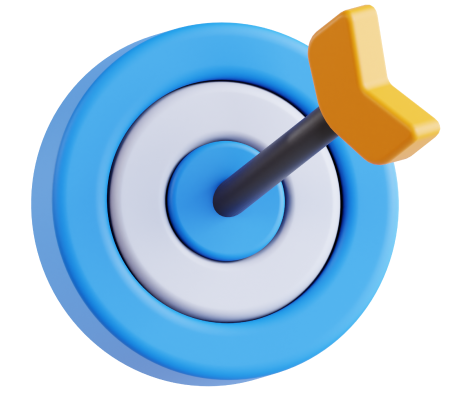
Success online doesn’t just happen; it’s built on a clear, data-driven strategy. At Qoob, we craft customised digital roadmaps that align with your business goals, helping you navigate the complex digital landscape and achieve measurable growth.
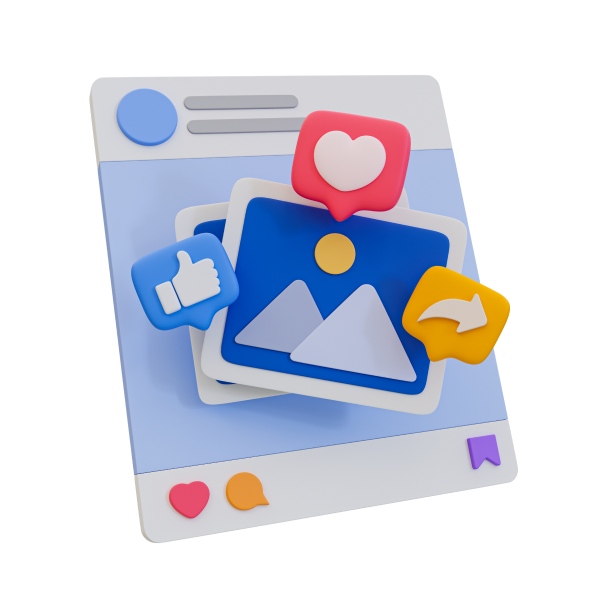
Maximise your brand's visibility and reach the right audience at the right time. Our paid media strategies are laser-focused on delivering ROI, helping you cut through the noise and grow your business with targeted, high-impact campaigns.
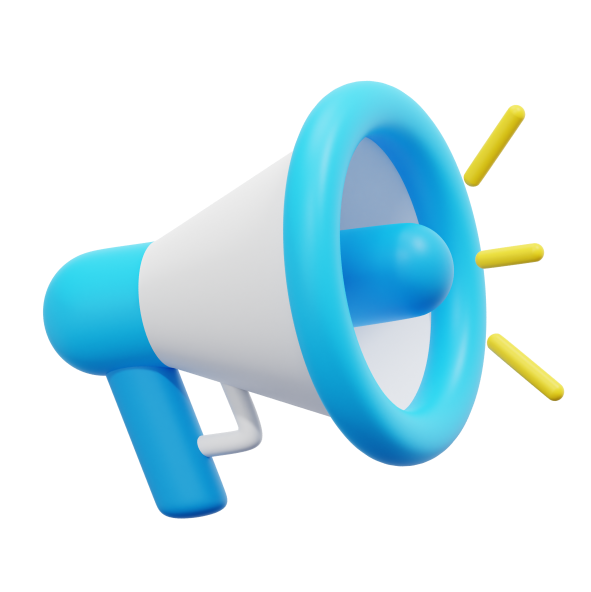
More than just higher rankings, we deliver search marketing strategies that drive real results. By aligning with your unique objectives, we ensure your brand reaches the right audience, leading to increased traffic, engagement, and conversions.
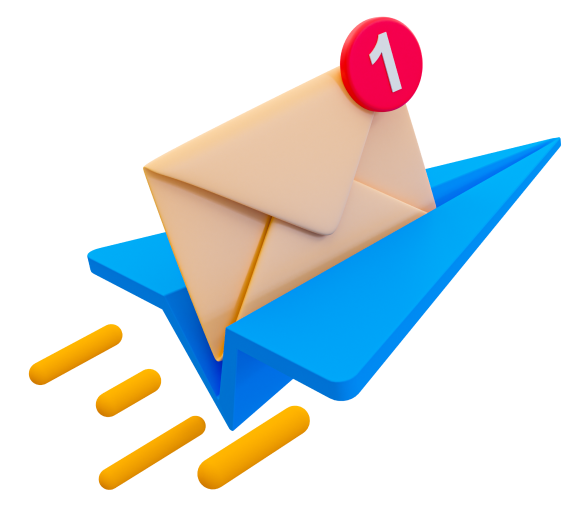
Build meaningful connections that last. Through tailored social media, email marketing, and automation, we help you engage your audience, nurture relationships, and turn followers into brand advocates, all while driving measurable business outcomes.
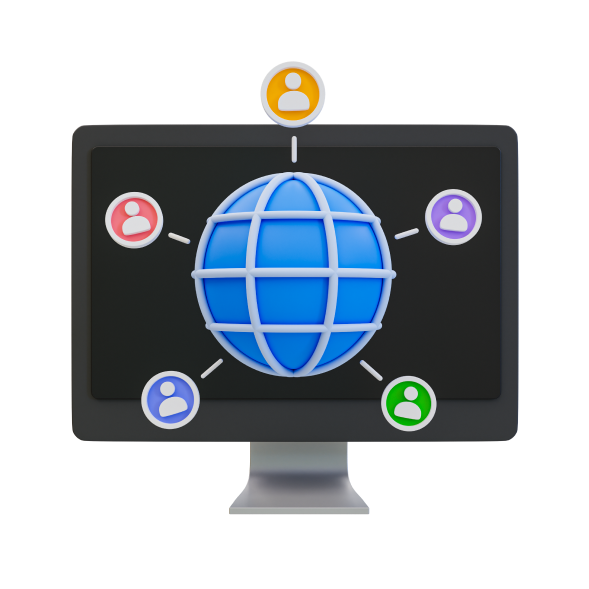
Your website is the cornerstone of your online presence, and we build it to perform. From design to development, we create ecommerce platforms that not only look stunning but convert visitors into loyal customers, driving real business results.
Don't just take our word for it.. read some of our Google reviews!








